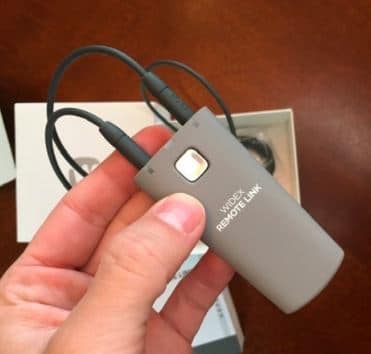Jun. 14, 2016
Mucking Around with Hearing Aid Price, Again
by Holly Hosford-Dunn, PhD and Amyn Amlani,PhD The Pricing series revs up for a multi-year update today, just in time to get in on the PCAST and IOM action of recent days and await signs from the FDA. In 2013, the announced intent was to “dive down and muck around with Price to test accepted assumptions.” Time for more









